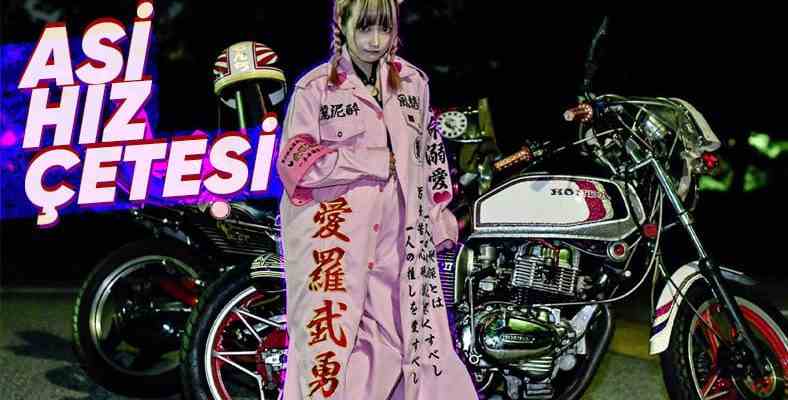The Japanese are a society that is often referred to as respectful, disciplined and hardworking. But in the 1950s, there was a rebellious and very different group living among these sweet people. We are here with the story of the masters of Japan’s backstreets who call themselves “Bosozoku”, who crisscross the streets of Japan with their exaggeratedly modified engines and cars.
Bosozokular were built in the slums of Japan in the early 1950s, with distinctive-looking engines. It was an ordinary group. This group wanted to express their freedom, gain status and be part of a community, especially by traveling on motorcycles.
His ideas and ideas were so loved and embraced that he had a strong community of over 40,000 members. to youth culture they transformed. So, how was this culture born, what exactly was its purpose? Let’s take a closer look.
About 70 years ago, there was no such thing as Japan as we know it.
At the end of the Second World War, instead of the technological power of the late 20th and early 21st centuries, in ruinsThere was a Japan trying to erase the traces of the Hiroshima disaster. Although the industrial and commercial sectors of the country were being regenerated by investments, rebuilding a society almost completely destroyed by the war was difficult.
Among the remnants of the war were ex-airmen and kamikazes. This community, which used to be highly respected in the society and used to a life full of dangers, was looking for its old exciting days. That’s why getting together Kaminari Zoku They formed a group called (The Thunder Gang).
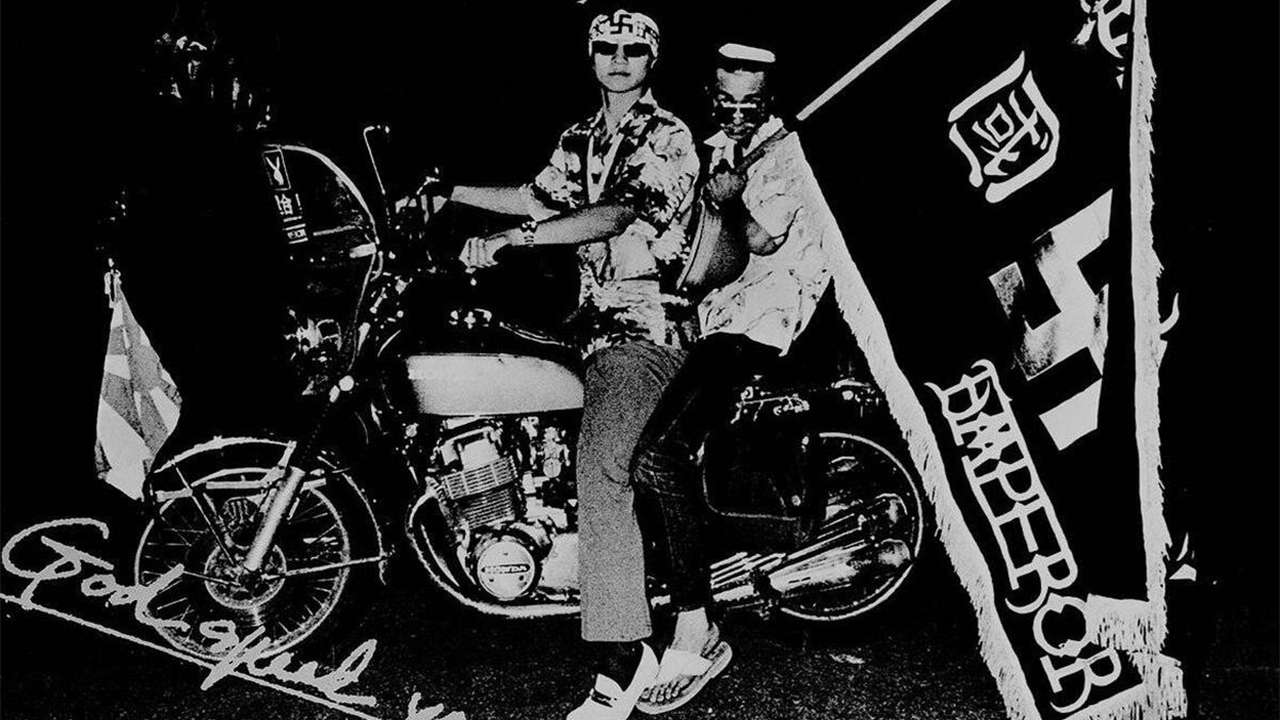
This community, which is the ancestor of Bosozoku, meets on weekends, travels from city to city on their motorcycles that they have modified in their own way and strengthens their friendships. they were longing. As these older brothers got older, the youth of the 1960s and 70s began to take their place.
The influx of youthful energy into Kaminari Zoku increased the numbers of community members.
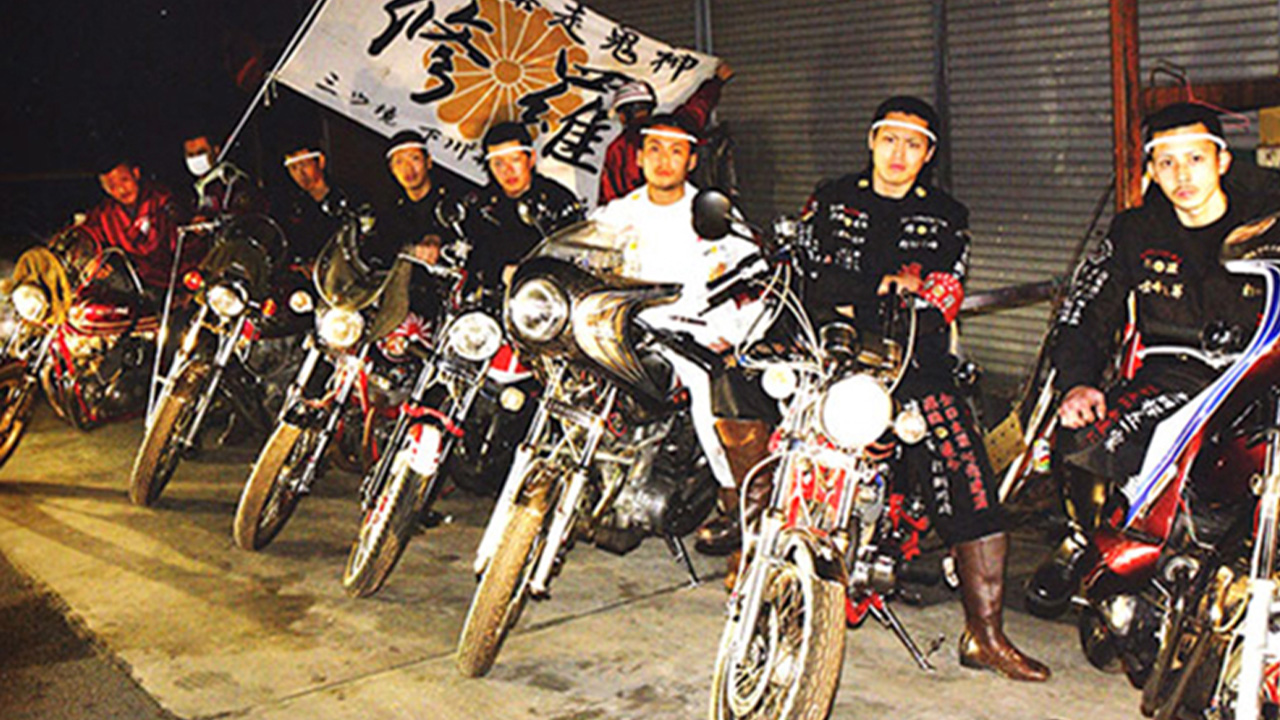
This movement of the youth suddenly created a community of interconnected bikers. to a national community movement transformed. The generation that followed Kaminari Zoku consisted of young working men between the ages of 17-20.
This generation was more traditional and disliked nothing. By the late ’70s, the first generation was gone and the gang was completely under the control of the new generation. As time passed, the world changed, and as the world changed, people changed too. as it stands gang structure has also changed a lot.
More new members violent and more illegal. They were also doing larger organizations. In addition to giving their motorcycles an interesting look with the modifications they made, they were wearing exaggeratedly large exhausts to make their sound louder.
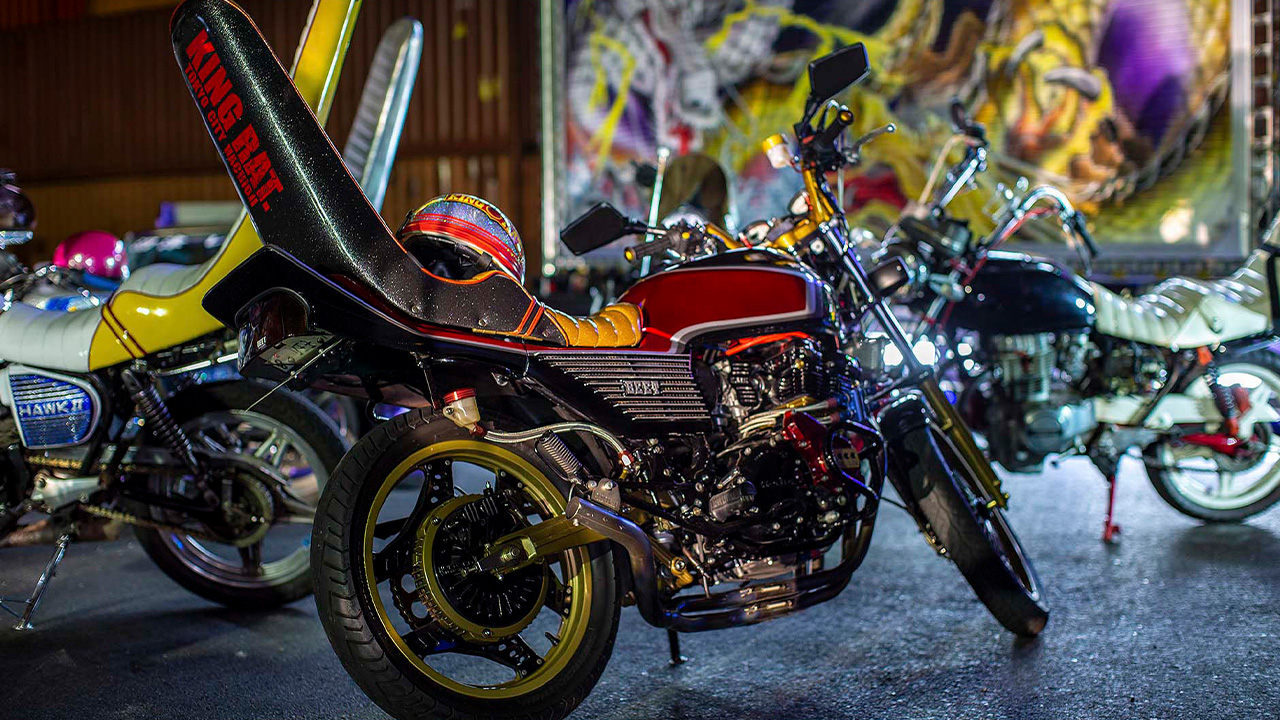
These violent youths confuse the traffic, holding sticks and flags. They were meant to intimidate. Sometimes they fought with people. When this was the case, this youth started to be talked about all over the country and in the press.
While televisions and newspapers were talking about this gang, they were referring to it as “boso”, which means violent and fast in Turkish.
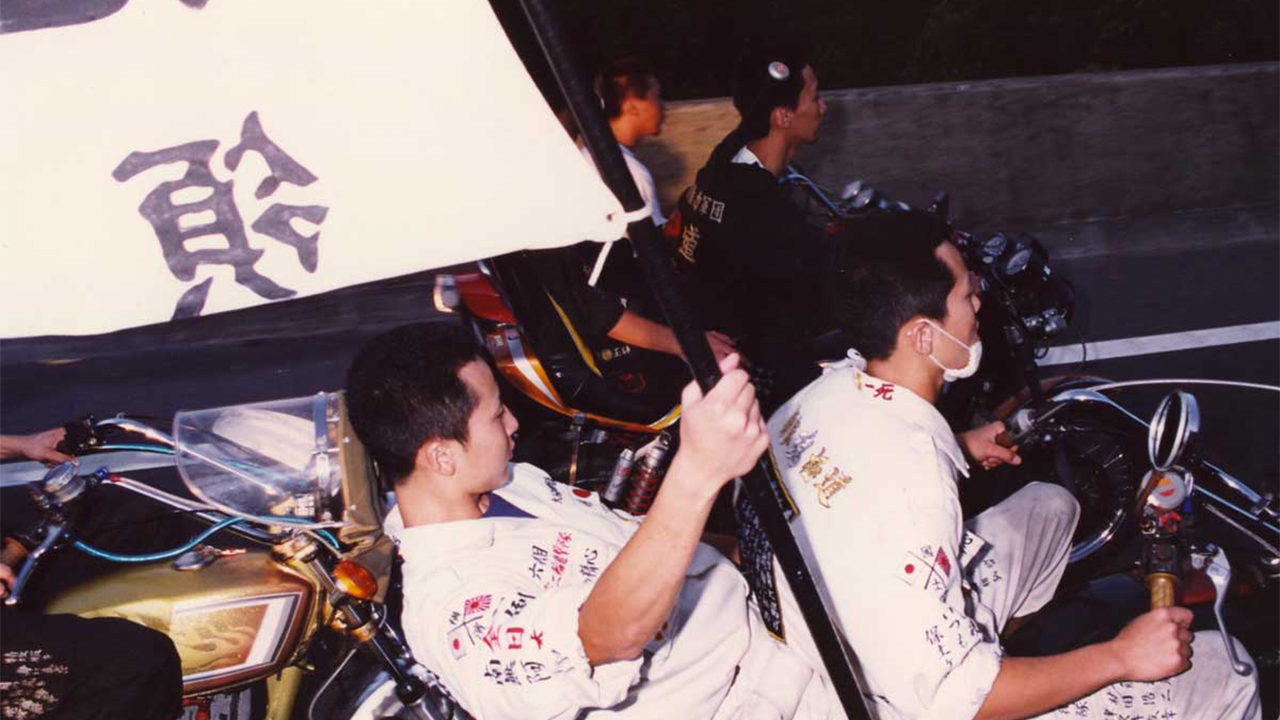
The word “Zoku” means gang. With gang time “violent speed gang” and the gang immediately adopted this name. They referred to themselves as Bosozoku now. While Bosozoku was mostly popular with young men, some women were also attracted to the culture.
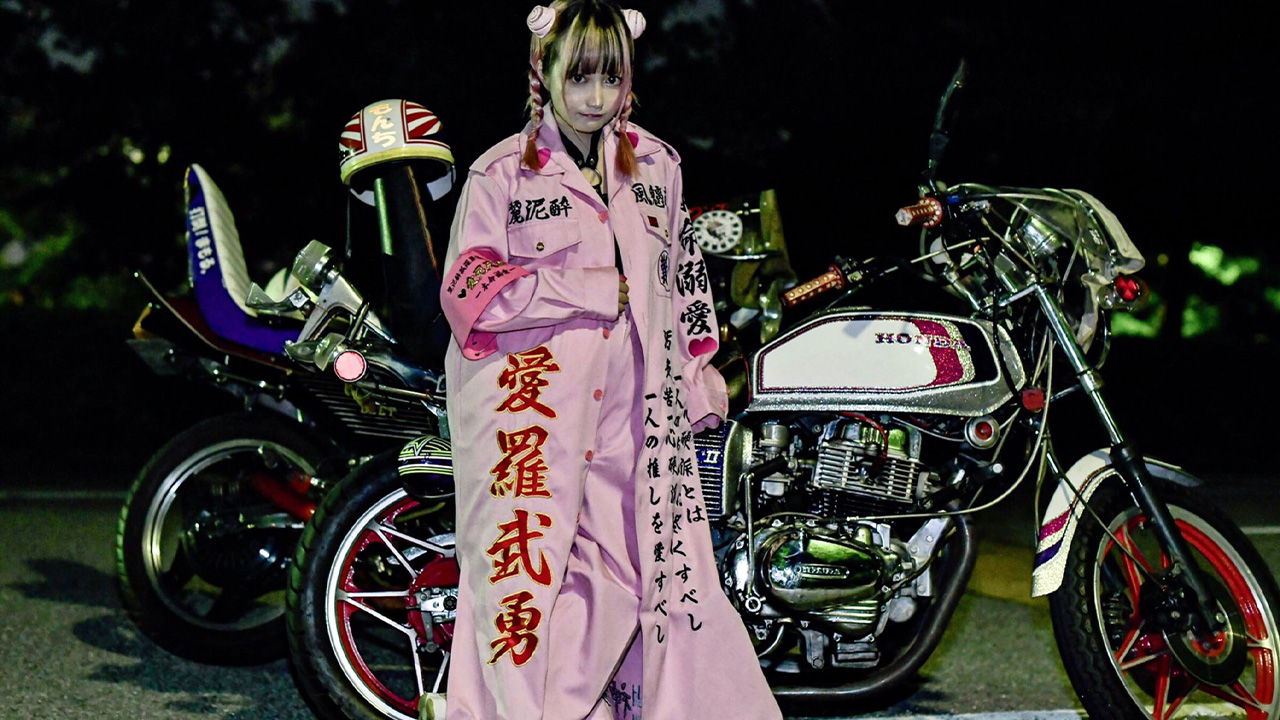
As the rest of Japanese society flourished and opened up to the world, the Bosozokus traditional values and focused on maintaining the code of conduct. Although their purpose was the same, they formed the Bosozoku group, which spread almost all over Japan.
Each group had different rules. For example, one group tolerates breaking laws and causing chaos, while the other group harming the public is immoral was seen as
Territory wars between factions, kidnappings and even killings were not uncommon. Defending your own group when one group is threatened by another it was a matter of life and death.
As we said, since the Bosozokular are a traditionalist group, this group had its own unique style of clothing as well as motorcycles.
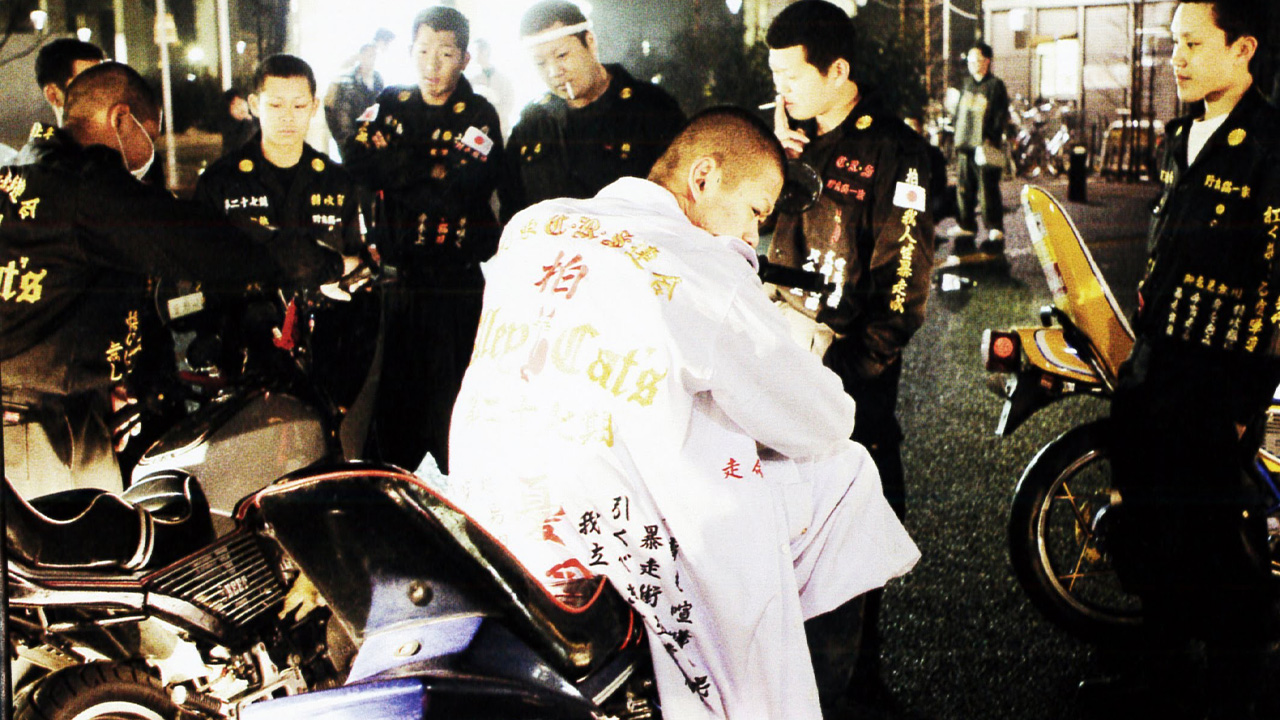
Defying the westernized suits and ties that swept Japan over, Bosozoku designed a suit modeled on military pilot overalls. Tokkōfuku adopting a uniform style called Each gang wore outfits of different colors and patterns.
The leaders of the gangs are traditional A long jacket covered with the Japanese alphabet was wearing. The jacket was transferred when the leader changed. In this way, traditions were passed on to new generations.
Bosozoku was not overly concerned with speed or power when modifying his vehicles.
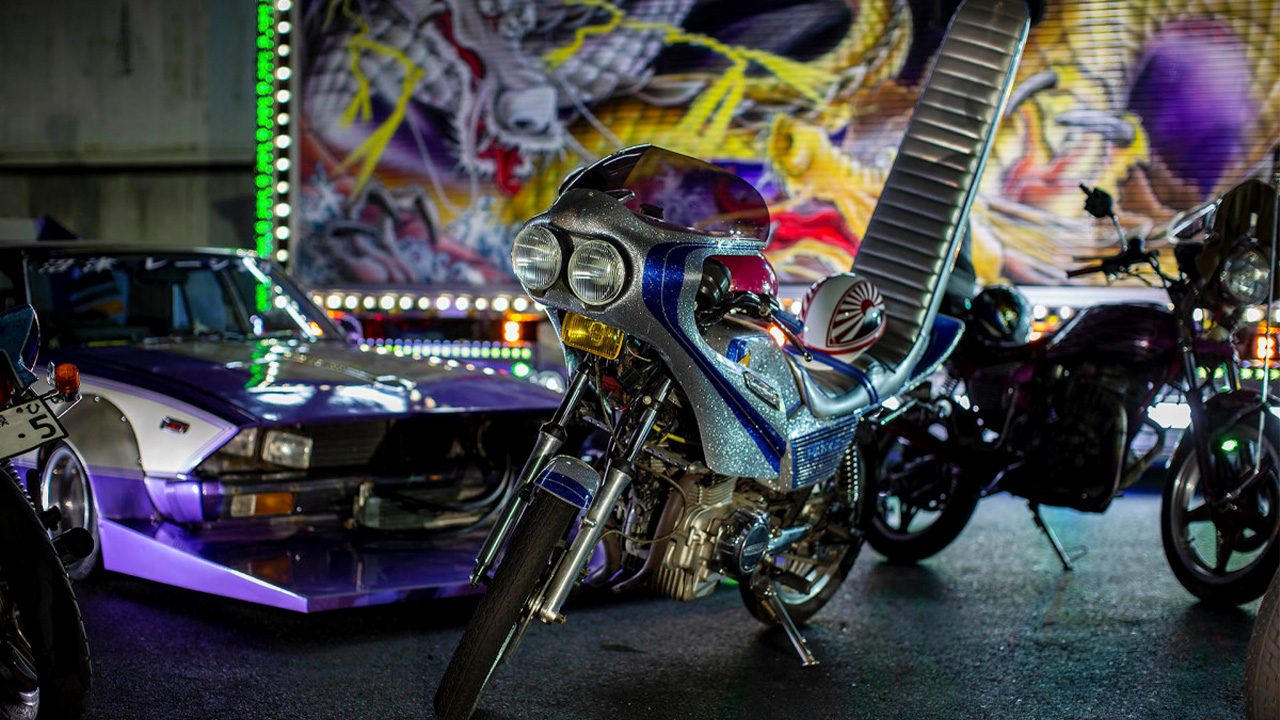
They had one purpose, and that was show. Equipped with modified exhausts, oversized fairings and giant sissy-bars, the bikes were adorned with flashy paintwork, stickers and flags. Sometimes there was more than one horn on a motorcycle; The personal songs of the gangs were used on these horns.
Over time, cars were added to the motorcycles and things started to get out of hand. At the beginning of the 80s, tens, hundreds, sometimes even in rural areas, not only in cities. traveling in thousandsThey became a group that blocked roads, harmed the environment and clashed with the police. But just as everything has an end, they too had an end.
Since the early 90s, known as the ‘lost decade’ in Japan, the economic problems started to cause problems for the Bosozoku.
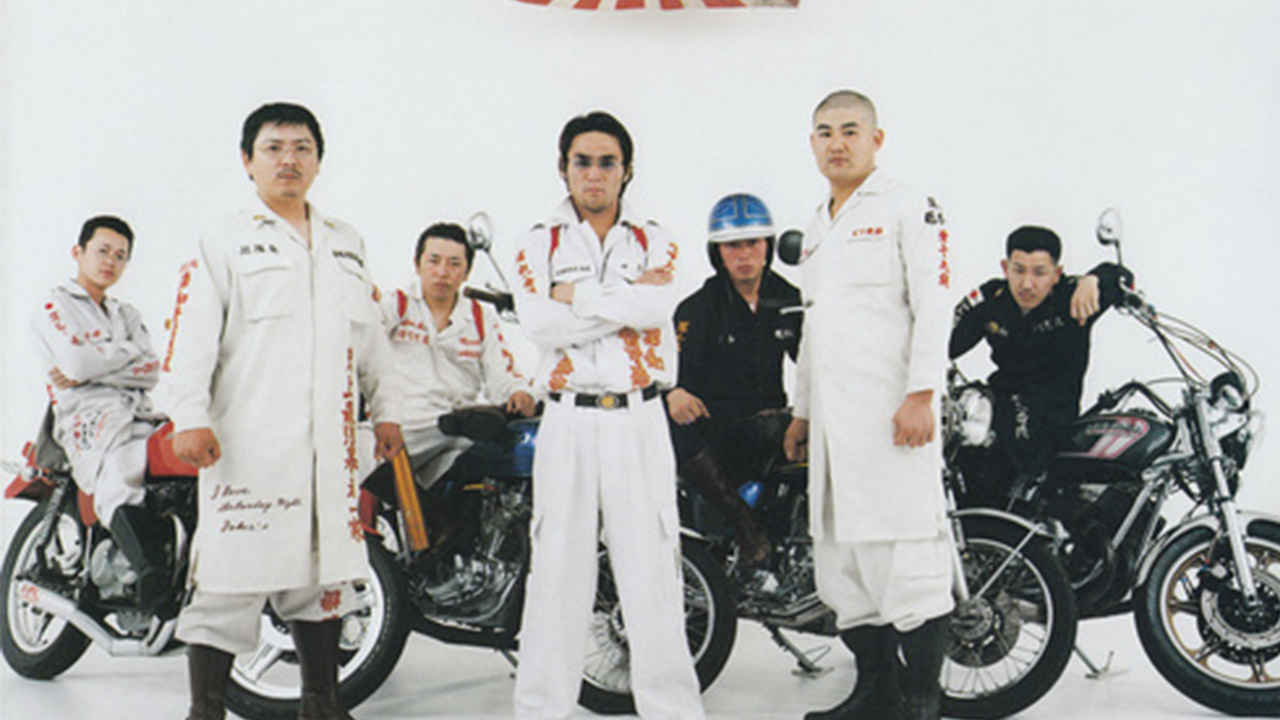
Increasing unemployment and economic problems began to reduce the gang’s arbitrary spending income. As a matter of fact, modifications to motorcycles and cars are also something that very few working classes can afford. It has become a luxury.
Also given to the Japanese police power to arrest suspected members at the sceneHe ensured that gang members were arrested in the slightest incident. On top of that, government and public repression that began in 2004 nearly destroyed the Bosozoku culture as a whole, while ending individual gangs.
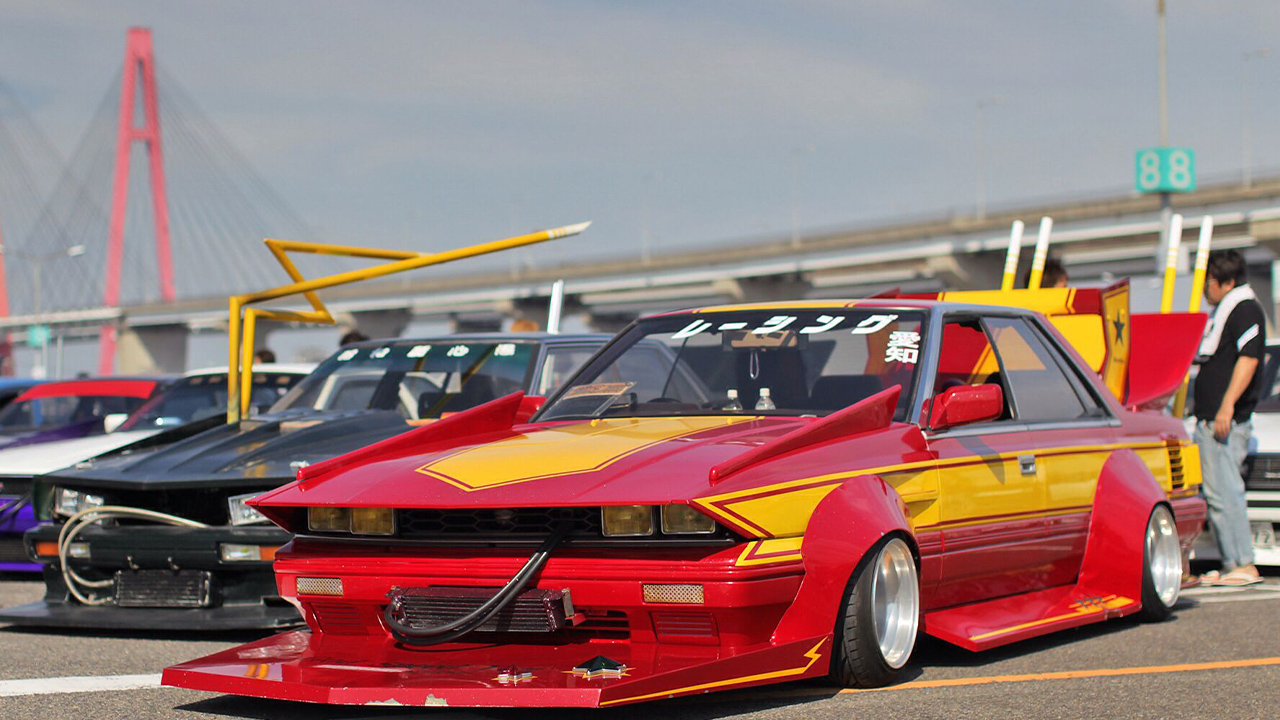
Although the interests and preferences of today’s Japanese youth have changed, the Bosozoku culture still exists. For example, in Ginza, known as the heart of fashion in Tokyo, you can see renewed versions of the glittering and flashy Tokkōfuku jackets. Also, on rare occasions, interesting and exaggerated modified motorcycles and cars Japan continues on its way.
RELATED NEWS
Motorcycles with Unusual Modifications That Those Who See Will Say It’s Not That Much
RELATED NEWS
